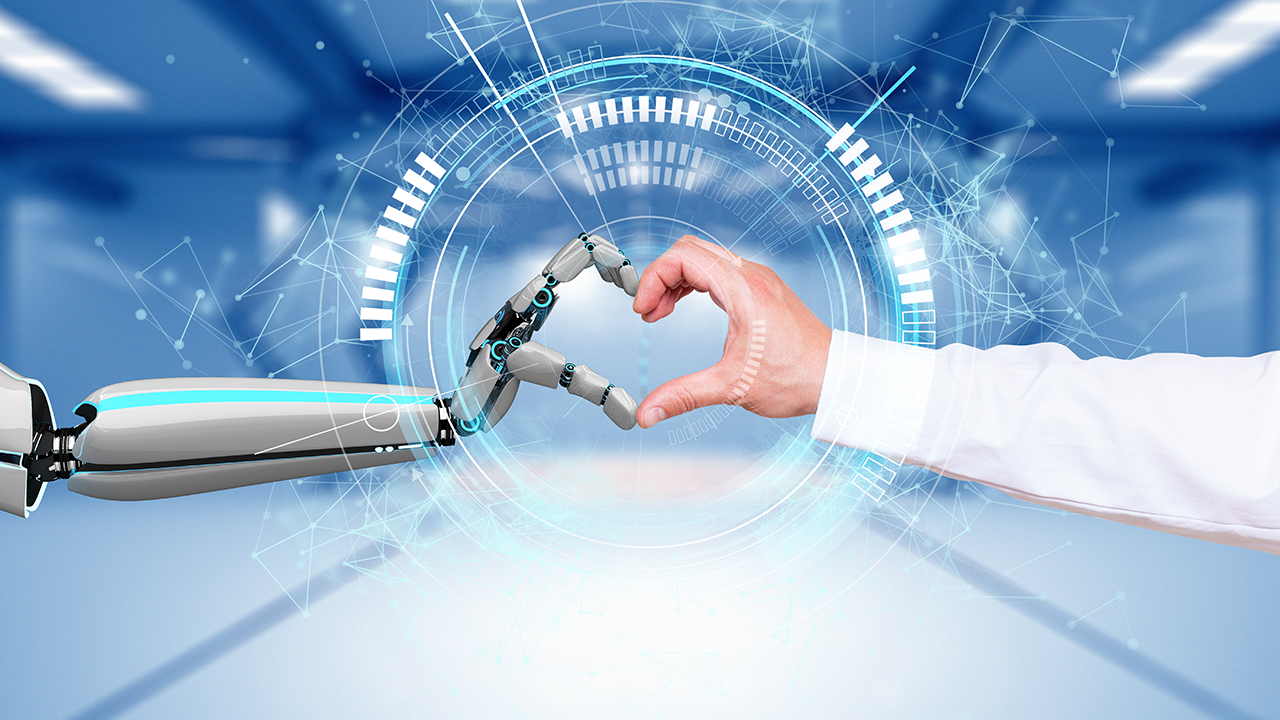Teens Are Turning to AI for Connection Amid Growing Loneliness Crisis


Rising Trend: Teenagers Opting for AI Companions Over Human Connections
A recent study conducted by Common Sense Media underscores a notable shift in social interactions among American teenagers. The report, titled “Talk, Trust, and Trade-Offs: How and Why Teens Use AI Companions,” reveals that one in three adolescents aged 13 to 17 prefer conversing with artificial intelligence companions rather than engaging with their real-life peers. This trend raises significant concerns about the evolving nature of friendships and emotional support in the digital age, especially amid rising loneliness among young people.
As social media, smartphones, and a host of digital platforms dominate the lives of teenagers, the implications of this study are profound. Common Sense Media’s analysis indicates that many teenagers find conversations with AI as satisfying, if not more so, than those with human friends. “AI companions are emerging at a time when kids and teens have never felt more alone,” said James P. Steyer, the organization’s Founder and CEO, in a press release. He emphasized that this phenomenon goes beyond a mere technological advancement; it signals a cultural shift in how youth perceive and seek companionship.
The research reveals that approximately 50% of teens engage with AI companions primarily as tools for emotional support and social interaction. AI is being employed for various purposes, such as role-playing, exploring romantic scenarios, and providing a semblance of friendship. However, experts warn that these digital interactions could inadvertently exacerbate feelings of isolation and neglect the importance of face-to-face relationships.
James Greig, a writer for Daze, highlighted a critical aspect of this trend: the potential invasion of privacy. As teenagers confide their most intimate thoughts and feelings to AI, they also expose themselves to significant privacy risks. “It’s not a good idea to entrust this information to tech companies that may have lax data privacy measures,” he cautioned. This raises ethical questions about the responsibilities of companies behind these AI technologies and the need for stronger safeguards to protect user privacy, particularly for vulnerable youth populations.
Moreover, the decline of traditional social venues, such as malls and movie theaters, has been correlated with increasing rates of depression and anxiety among teenagers. As Greig noted, while AI may temporarily alleviate feelings of loneliness, its widespread adoption as a substitute for real-world interactions poses significant risks. The burgeoning reliance on these digital companions could entrench mental health issues rather than provide genuine solutions.
This trend illuminates a broader “youth loneliness crisis” that calls for critical examination and intervention. Experts advocate for educating both teens and parents on the implications of relying on AI companions and the importance of fostering genuine human connections. As society navigates this technological landscape, addressing these challenges will be crucial to ensuring the emotional well-being of future generations.
As the digital divide in social relationships continues to expand, it is imperative to strike a balance between the benefits of AI engagement and the irreplaceable value of human companionship. With comprehensive strategies in place, it may be possible to harness the advantages of artificial intelligence while preserving and enhancing the fundamental human connections essential for healthy development.






